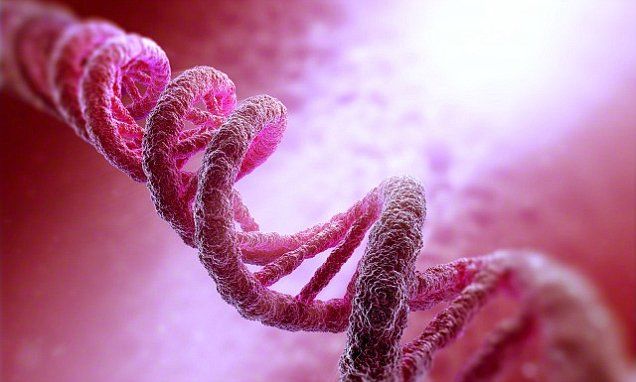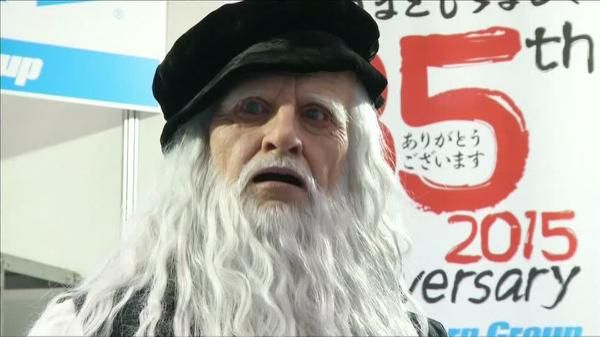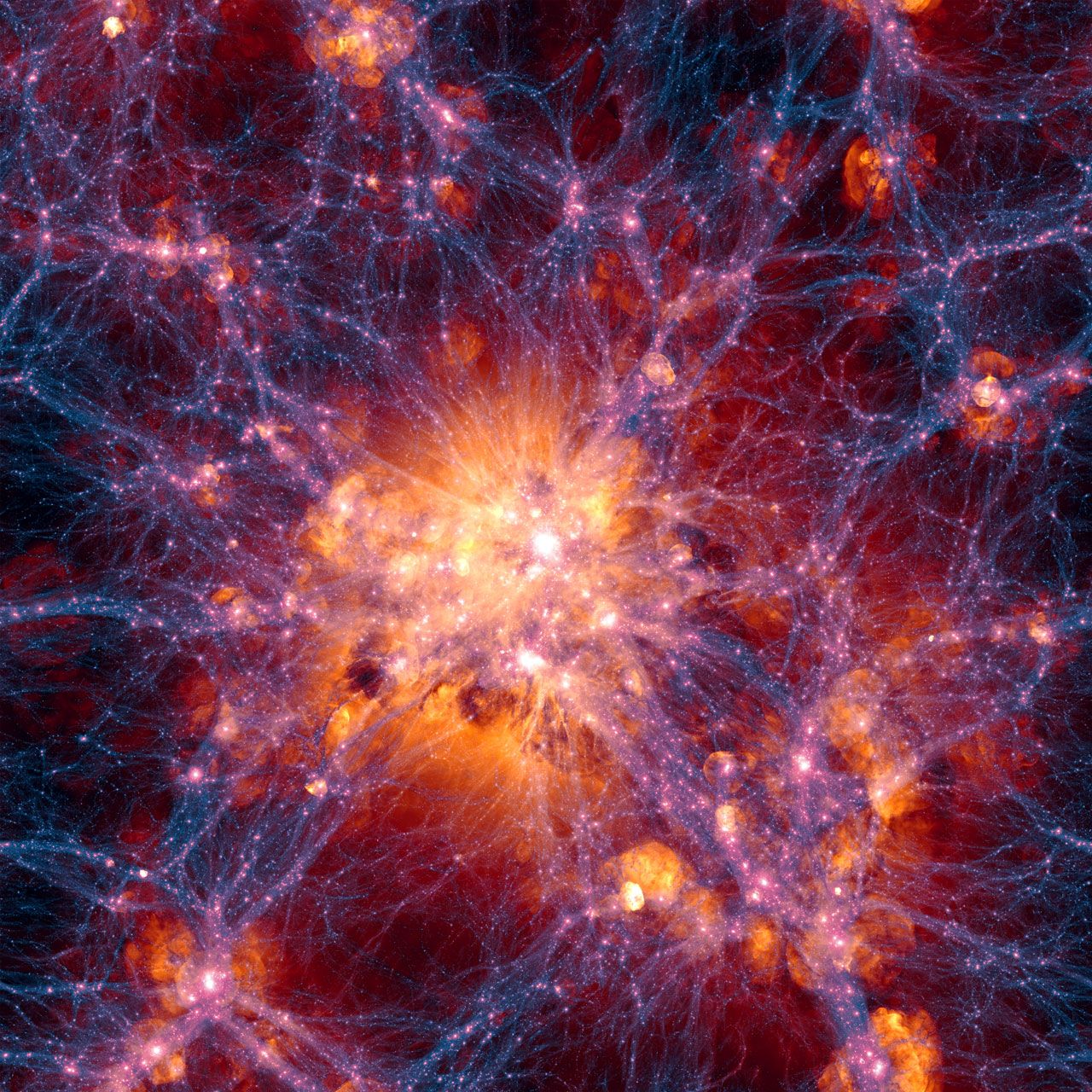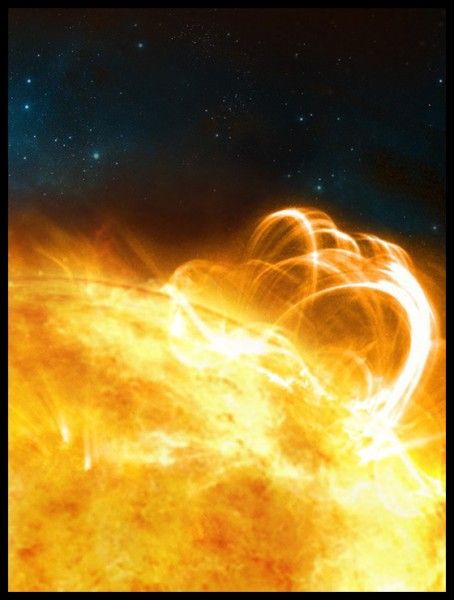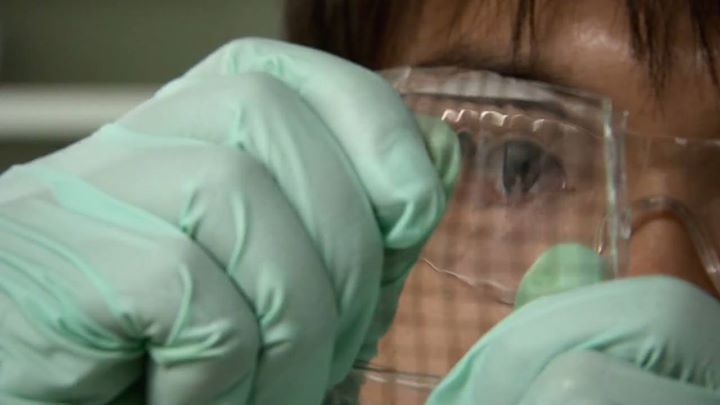Human trials of Crispr editing are being proposed by Massachusetts-based start-up Editas Medicine to treat a rare form of blindness knwon as Leber congenital amaurosis.
Ubiquitous sodium could replace rare lithium in rechargeable batteries, French researchers show. And it could make batteries A LOT cheaper.
Will sodium replace lithium as the material of choice for rechargeable batteries?
New data about mysterious mathematical signals from deep space called ‘fast radio bursts’ offer new clues about their origin.
By: Bryan Nelson
Watch the video Leonardo da Vinci robot wows Tokyo crowd on Yahoo News. Disaster relief humanoids on display at the International Robot Exhibition 2015, but Leonardo da Vinci steals the show. Jim Drury reports.
The Universe is Dying? Now What?
Posted in space
That great void of space is growing quieter as the universe dies — but how long do we have before The End?
Oh, joy.
What the Sun might look like if it were to produce a superflare. A large flaring coronal loop structure is shown towering over a solar active region. (credit: University of Warwick/Ronald Warmington)
Astrophysicists have discovered a stellar “superflare” on a star observed by NASA’s Kepler space telescope with wave patterns similar to those that have been observed in the Sun’s solar flares. (Superflares are flares that are thousands of times more powerful than those ever recorded on the Sun, and are frequently observed on some stars.)
The scientists found the evidence in the star KIC9655129 in the Milky Way. They suggest there are similarities between the superflare on KIC9655129 and the Sun’s solar flares, so the underlying physics of the flares might be the same.
A informative article by Vice Motherboard:
The biggest debate at the International Summit on Human Genome Editing is where to draw the line between “medical treatment” and “body enhancement.”
